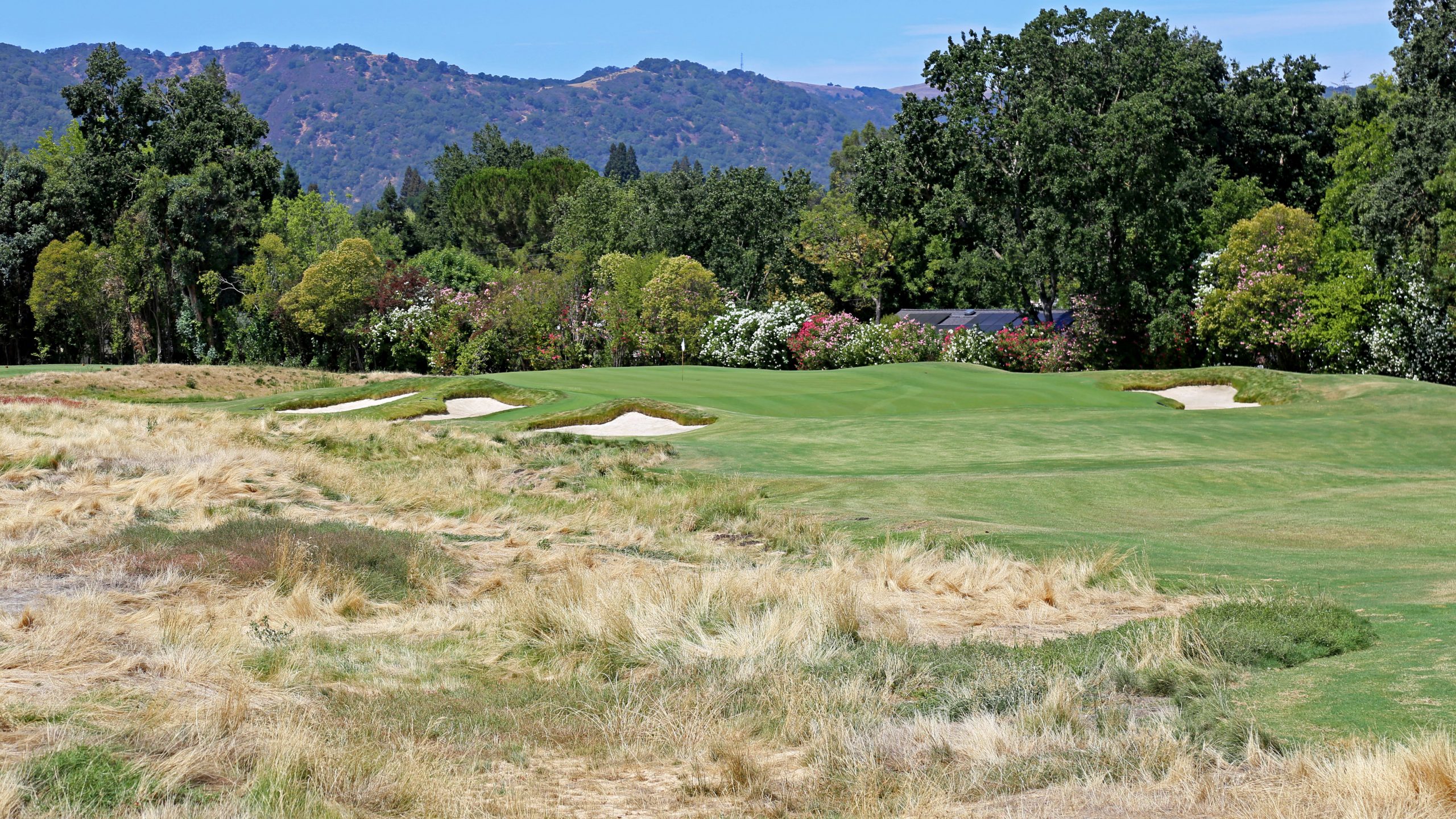USGA: Water Reduction Strategies That Are Making An Impact
February 04, 2022 Brian Whitlark, senior consulting agronomist, West Region
Golf courses in Western states face immediate challenges with escalating water costs, pinched water budgets and water quality concerns. In many cases, annual water budgets range from $250,000 to over $1 million. With chronic drought conditions along the Colorado River Basin forcing states to reduce water allocated from the river, golf courses feel the trickle-down effect through tightening water budgets. In response courses in California, Arizona, Nevada and New Mexico are using innovative strategies to reduce water use, while still providing premium playing surfaces for golfers to enjoy.
California course managers have employed various strategies to reduce their water use, but one of the biggest successes has been seen where courses are able to convert large playing areas from cool-season grasses to bermudagrass. Superintendents report that converting fairways to bermudagrass reduced annual water use 25% and allowed for firmer and faster playing conditions. With some of the highest water costs in the country, the return on investment for this strategy is often only six or seven years. Some pioneering courses in Southern California are also using in-ground soil moisture meters to assist with irrigation scheduling. Superintendents find they can apply less water or irrigate less frequently when they know exactly how much moisture is held in the rootzone.
In southern Nevada and southern Arizona, courses are reducing overseeded acreage and some have eliminated overseeding altogether. Superintendents are experimenting with new grasses such as ‘TifTuf’ bermudagrass and two experimental varieties soon to be released from the University of California, Riverside, turf program under the direction of Dr. Jim Baird. These grasses not only retain winter color better than the standard hybrid bermudagrass, but they also begin growing earlier in the spring and have improved traffic tolerance. Furthermore, these grasses perform well when irrigated with 20% less water than the standard ‘419’ bermudagrass used for decades. Superintendents are also evaluating zoysiagrass as a non-overseeded surface. Early indications are that zoysiagrass performs very well, providing a robust stand of turf with excellent traffic tolerance and a better dormant surface than bermudagrass.
In Santa Fe, New Mexico, the Las Campanas Resort courses use subsurface drip irrigation to achieve substantial water savings. Drip lines running approximately 6 inches underground provide irrigation right to the turf rootzone with no evaporation or off-target watering. Not only has Las Campanas used this strategy on teeing grounds, they have also expanded it to include rough areas. The water savings have been remarkable – research shows 40% to 80% water savings compared to overhead irrigation.
These conservation strategies save water and provide a better playing experience for golfers – a win-win. However, making such upgrades across an entire golf course is expensive. Turf conversion costs can be approximately $30,000 per acre. Adopting in-ground soil moisture meters is much less expensive, with costs from $10,000-$20,000 to set up sensors across a golf course. However, experience with this technology is limited and it is too early to forecast potential water savings. The USGA, USDA and members of the Cactus and Pine Superintendents Association are working together to evaluate how irrigation scheduling and water use can be improved using data from in-ground soil sensors. Dr. Bernd Leinauer from New Mexico State University and Tom Egelhoff, director of agronomy for Las Campanas Resort, are also investigating this technology with support from the USGA.
I would also like to acknowledge those who made significant contributions to the soil moisture evaluation project, including Carmen Magro from Stevens Water, Josh Friel and John Dalman from Toro and Chris Thorup from Spiio.
West Region Agronomists:
Brian Whitlark, senior consulting agronomist – bwhitlark@usga.org
Cory Isom, agronomist – cisom@usga.org

